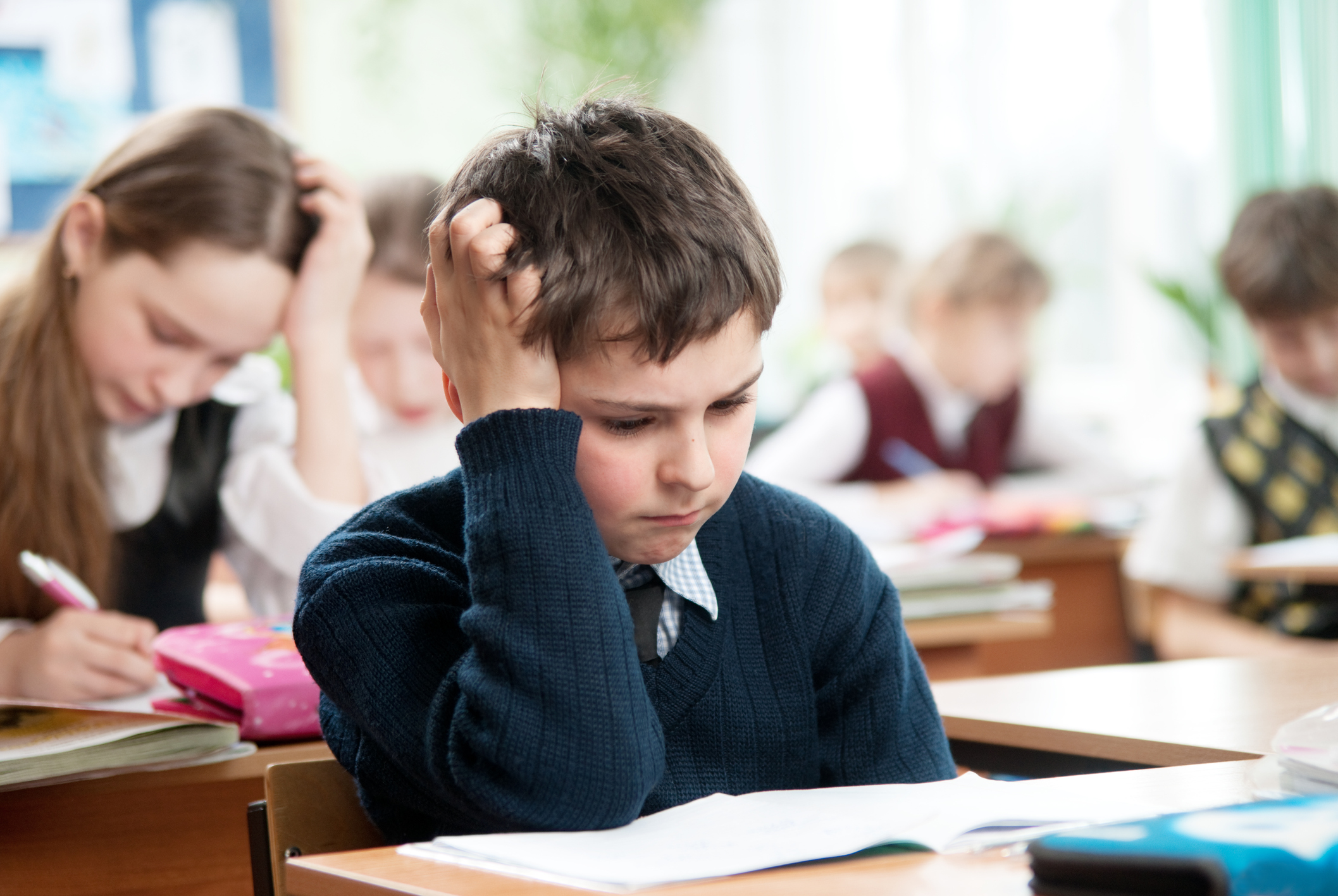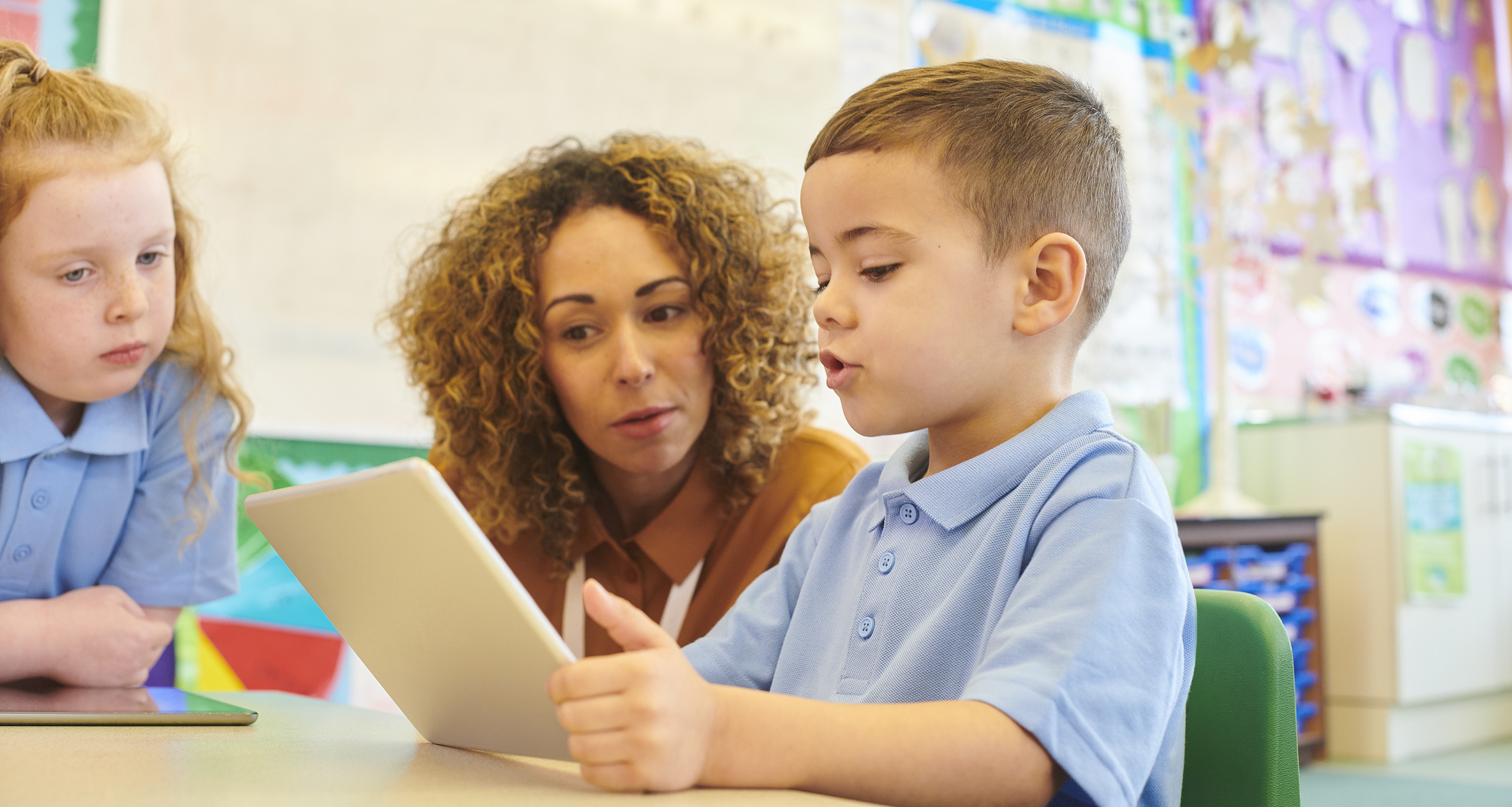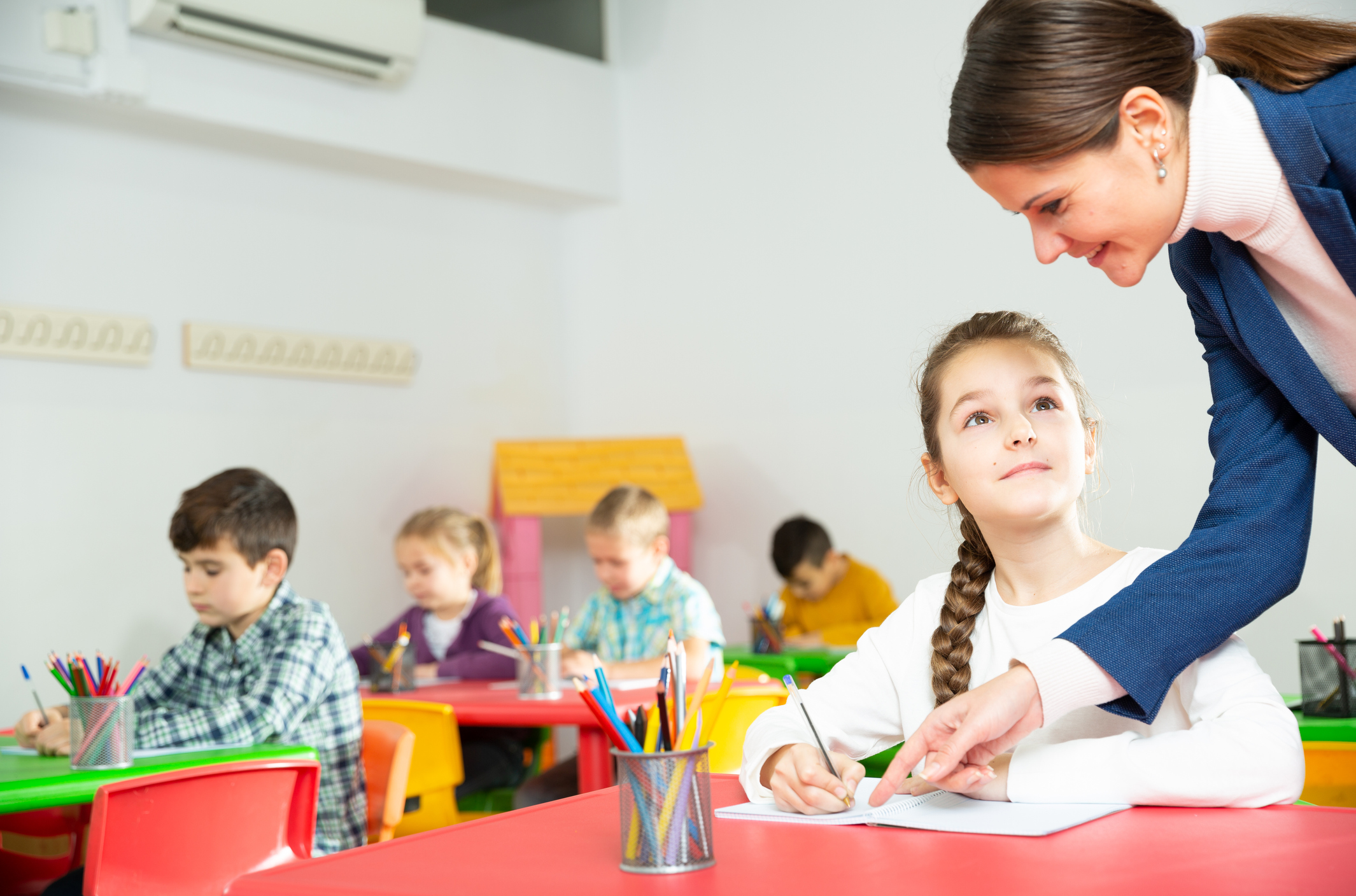When anyone encounters a new environment, it is human nature to consider three reactions – flight (leaving the environment), fight (being miserable in the new environment), or freeze (having no interaction with whoever is in the new environment).
When the new environment is a classroom, the fight/flight/freeze reactions are commonplace but also unwelcome. When a teacher is welcoming a group of 15-20 students who are experiencing the classroom anew, any of the described reactions in one student can create an avalanche of similar reactions in others.
The same reaction may occur when students return to a classroom, either for the start of a new day or when coming back in from a break or assembly. Over time, the hope is that returning to the classroom will be considered a positive and pleasant experience, but that may take time to develop.
Let’s look at ways to create a comforting and welcoming classroom environment, and then consider why it matters to the purpose of teaching and learning.
Reduce the numbers, reduce the stress
They say there is strength in numbers. But there is also stress in numbers. If gathering a larger class, for the first time or returning from break, have your room ready to collect students in small groups rather than as a collective. Have four numbered areas set up, hand out cards with numbers on them, and have the students gather according to their designation. With an established class, make certain to alter the groupings so that each student learns to be comfortable with each other student. Children will enjoy finding out who their new group partners are with each return.
Physical cues
Temperature, lighting and space are factors we all take into consideration subconsciously when we walk into a new room or from one room to another. A room that is too hot, too cool or too bright with harsh lighting is not welcoming from a sensory aspect. The classroom atmosphere is measured through the senses. Students can be overwhelmed when entering a room where there does not appear to be any safe and uncluttered place to sit or stand.
In most classrooms, temperature and lighting can be adjusted. The space consideration is part of an instructor’s initial creation of the classroom environment, and can be adjusted (adding materials or work stations) as the school year goes on.
Relax first, engage second
The goal is to settle students into a comfortable state of mind before engaging them in the process of learning. They need to adjust to the transition from one activity to another, from one environment to another. To settle students, either first-timers or those coming in from breaks, consider offering a moment to gather thoughts. Resting their heads on a desktop or lying upon a soft floor surface can provide momentary relaxation. Offering soft, soothing music is pleasant (and can offer a learning experience: “this is the sound of whales talking to each other”). Displaying an interesting video upon the return to the classroom can be a way to relax the students (think of a walk through a forest, or watching soft waves sliding upon a shore as possibilities). Once the children are comfortable again in the setting, you can begin the process of engaging them in learning.
Calming activities
Once you have determined that all students are calm and comfortable, it is time to engage their minds. Firstly, have a display board in the classroom which is a checklist of how to start each lesson. Things like this can be ticked off as all students manage these tasks…examples might be:
- Hang your coat on your peg
- Find your desk
- Get your pencil/pen onto your desk
However, depending on the age of the class, it might be best to engage them individually rather than as a group to keep them calm and comfortable.
The best individual exercises are reading or writing. Hopefully, each student has a book they are reading over time that they can revisit as you return to the classroom. Inviting students to write in journals gives them a chance to express themselves and to think without being put into a competitive situation where they feel they are struggling in comparison to other students. Alternatively, to keep it light, ask students to write down their 5 favourites…..it could be films, music tracks, main meals, desserts – the possibilities are endless. Get them to number them too. You are already engaging their thinking brain but in a fun way! Get them to tell you their top one – it offers an opportunity for brief discussion and moving into the lesson.
Onto to the lessons
Eventually, you will want to replace the calm with activity of a learning nature, no matter the grade or class level. Still, you want the transition to be smooth and properly appreciated.
Educational experts suggest physical activity will wake up both the body and the brain, and games such as “head, shoulders, knees and toes” can do the trick. You want to be ready for the brain activation to take place so that you can strike while the iron is hot. Everything you have done to make your classroom environment comforting comes to fruition now, as the students feel safe enough to move forward.







